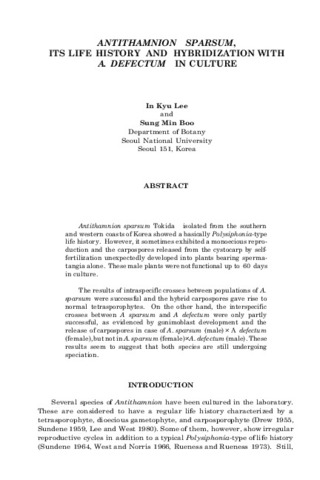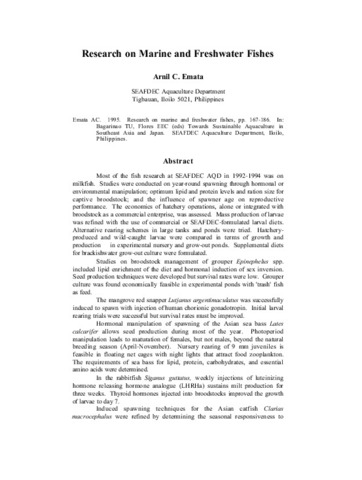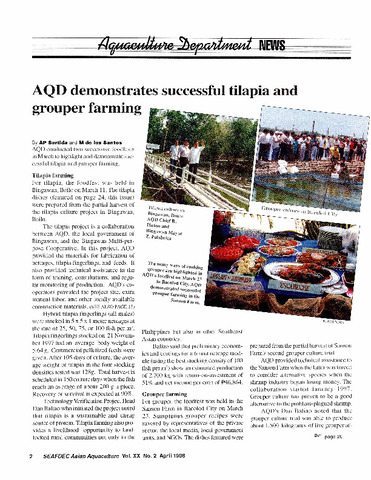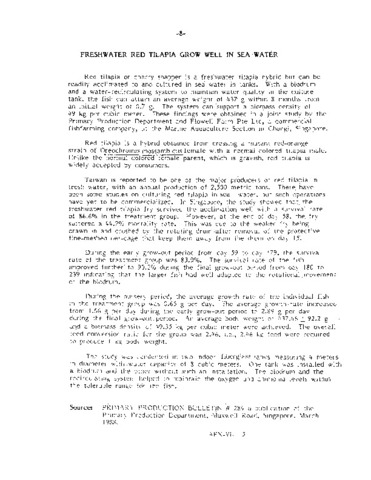Antithamnion sparsum , its life history and hybridization with A. defectum in culture
- Global styles
- MLA
- Vancouver
- Elsevier - Harvard
- APA
- Help

Date
1990Page views
4,916ASFA keyword
AGROVOC keyword
Taxonomic term
Metadata
Show full item record
Share
Abstract
Antithamnion sparsum isolated from the southern and western coasts of Korea showed a basically Polysiphonia -type life history. However, it sometimes exhibited a monoecious reproduction and the carpospores released from the cystocarp by self-fertilization unexpectedly developed into plants bearing spermatangia alone. These male plants were not functional up to 60 days in culture. The results of intraspecific crosses between populations of A. sparsum were successful and the hybrid carpospores gave rise to normal tetrasporophytes. On the other hand, the interspecific crosses between A. sparsum and A. defectum were only partly successful, as evidenced by gonimoblast development and the release of carpospores in case of A. sparsum (male) x A. defectum (female), but not in A. sparsum (female) x A. defectum (male). These results seem to suggest that both species are still undergoing speciation.
Suggested Citation
Lee, I. K., & Boo, S. M. (1990). Antithamnion sparsum , its life history and hybridization with A. defectum in culture. In I. J. Dogma Jr., G. C. Trono Jr., & R. A. Tabbada (Eds.), Culture and use of algae in Southeast Asia: Proceedings of the Symposium on Culture and Utilization of Algae in Southeast Asia, 8-11 December 1981, Tigbauan, Iloilo, Philippines. (pp. 39-49). Tigbauan, Iloilo, Philippines: Aquaculture Department, Southeast Asian Fisheries Development Center.
Type
Conference paperISBN
9718511113Collections
Related items
Showing items related by title, author, creator and subject.
-
Research on marine and freshwater fishes
Emata, Arnil C. (Aquaculture Department, Southeast Asian Fisheries Development Center, 1995)Most of the fish research at SEAFDEC AQD in 1992-1994 was on milkfish. Studies were conducted on year-round spawning through hormonal or environmental manipulation; optimum lipid and protein levels and ration size for ... -
AQD demonstrates successful tilapia and grouper farming
Surtida, Augusto P.; de los Santos, M. (Aquaculture Department, Southeast Asian Fisheries Development Center, 1998) -
Freshwater red tilapia grow well in sea water
Southeast Asian Fisheries Development Center, Aquaculture Department (Aquaculture Department, Southeast Asian Fisheries Development Center, 1988)






